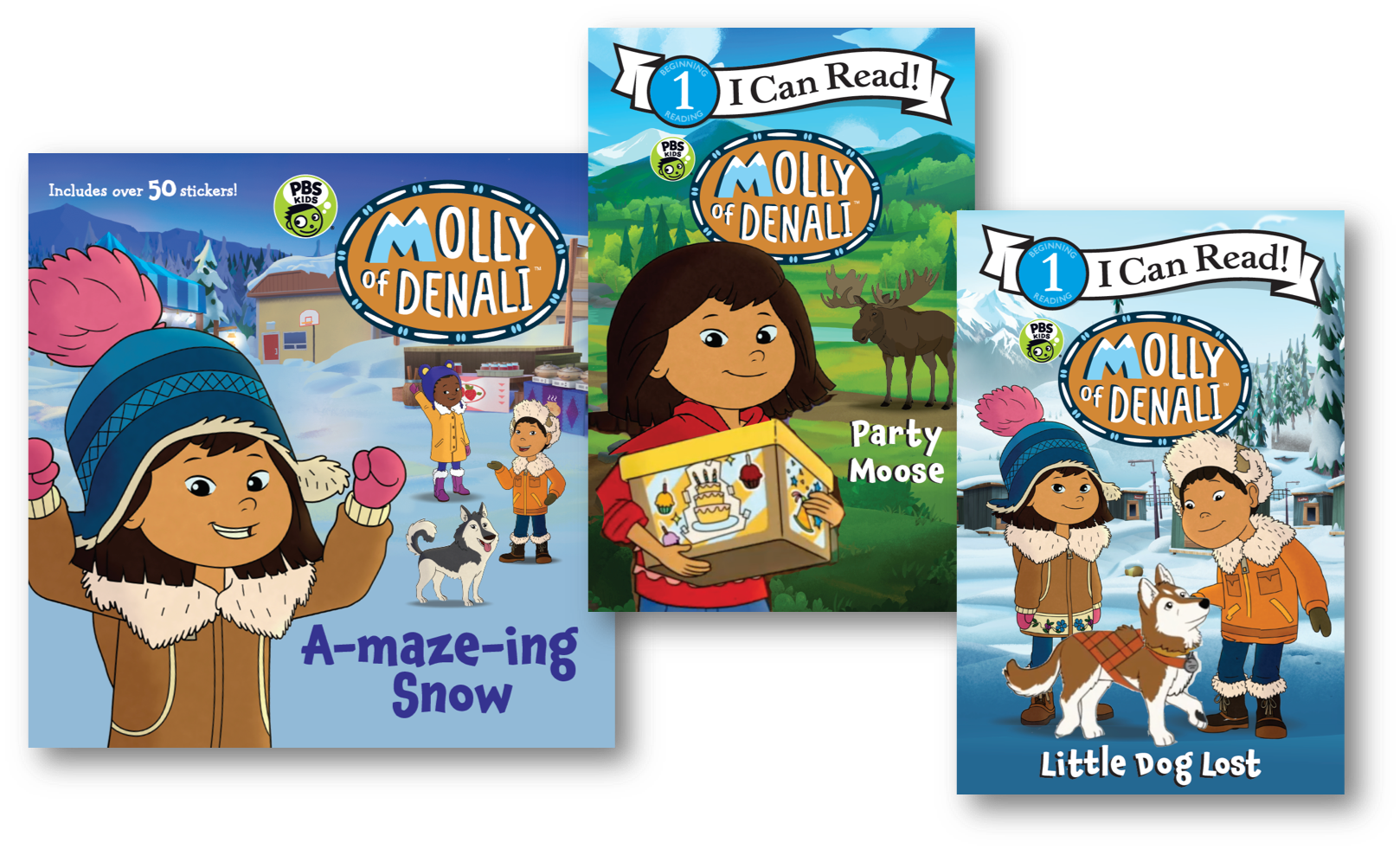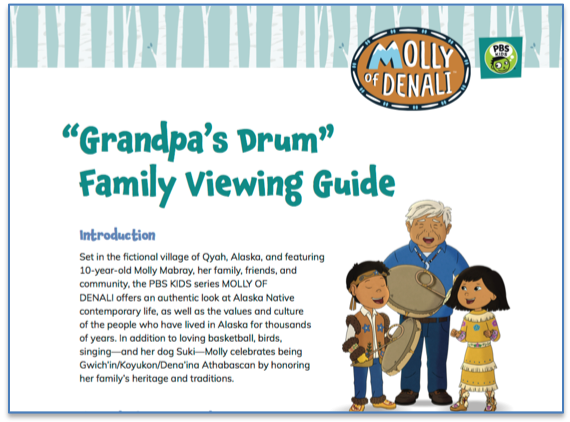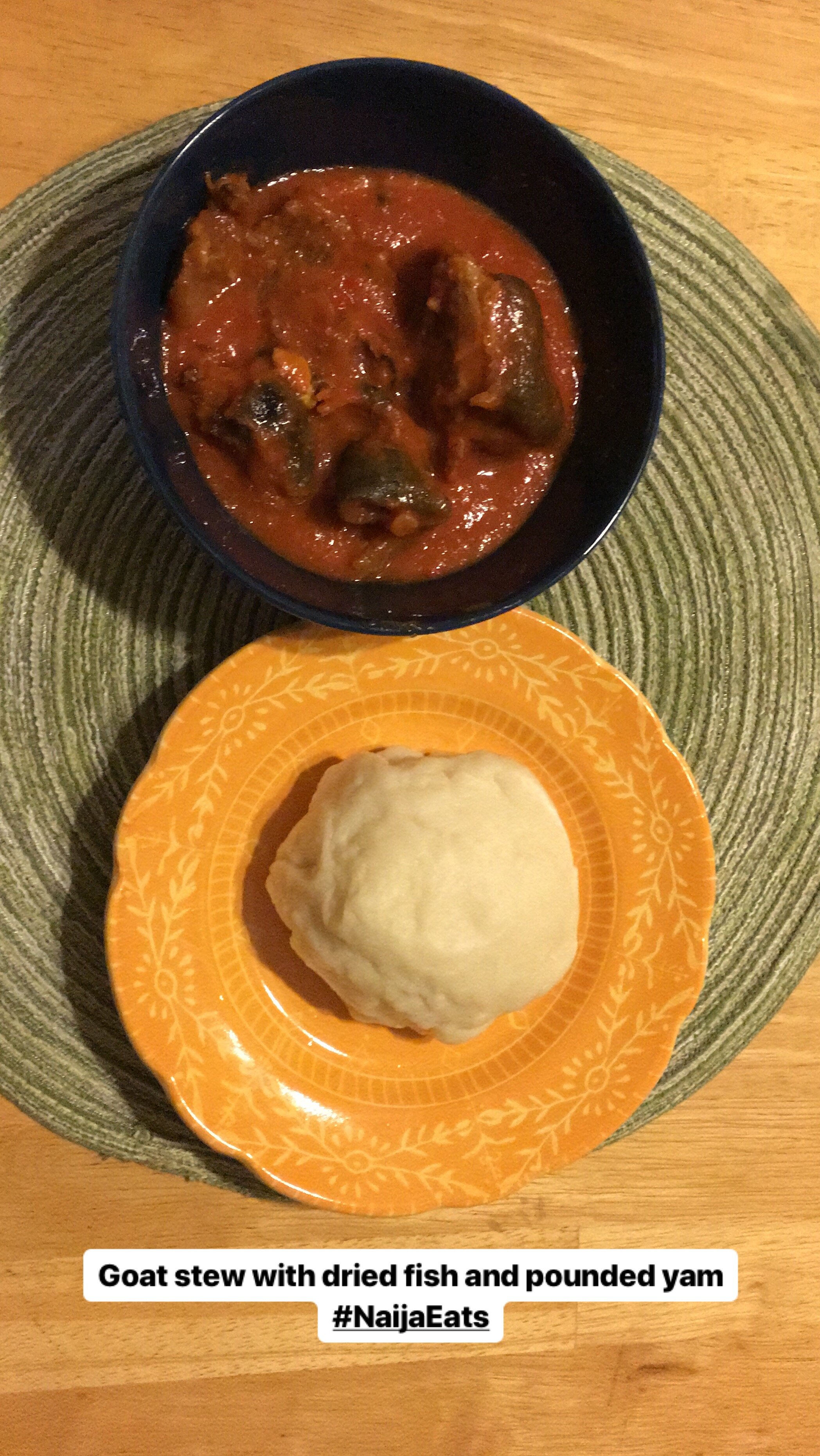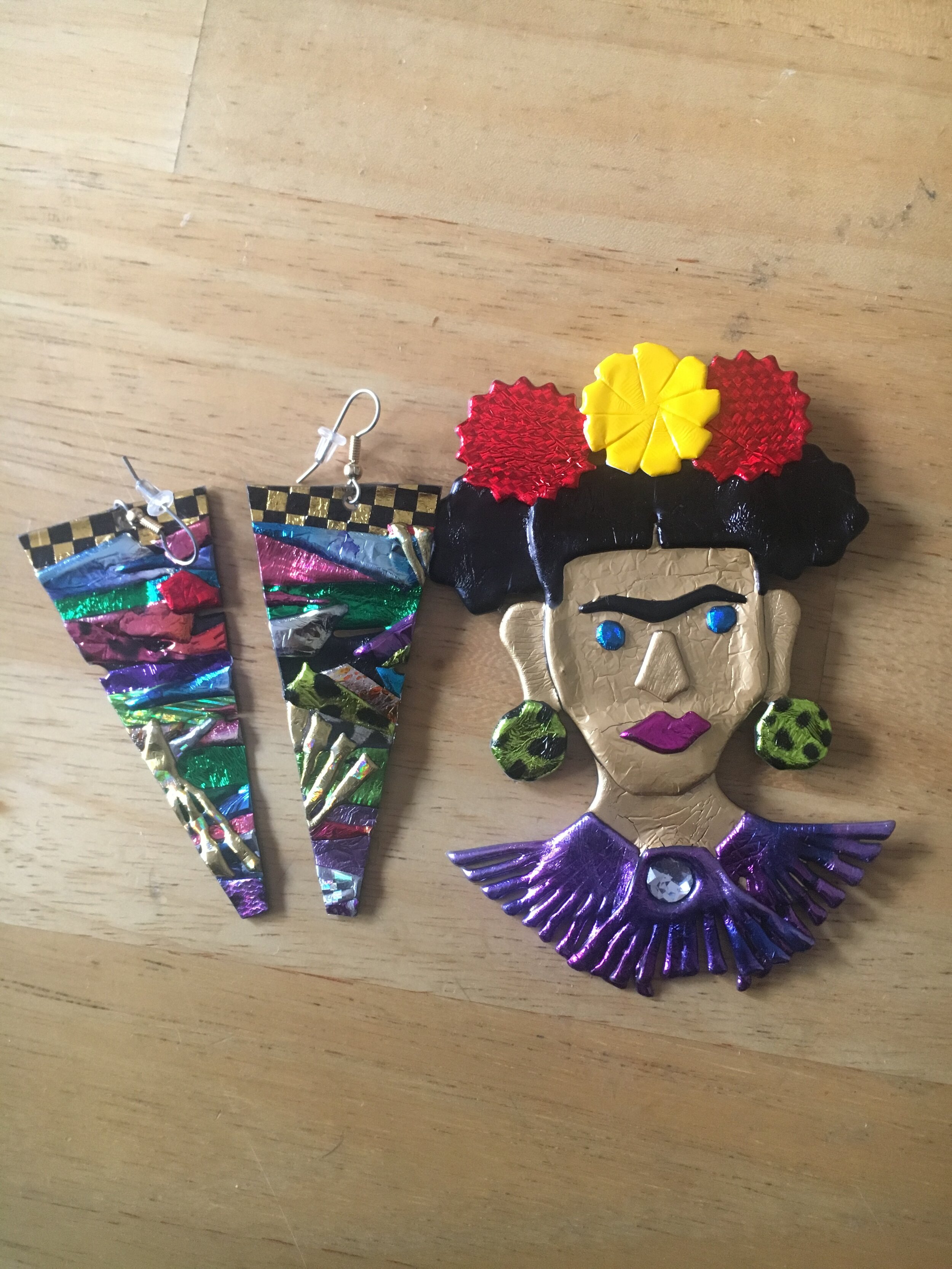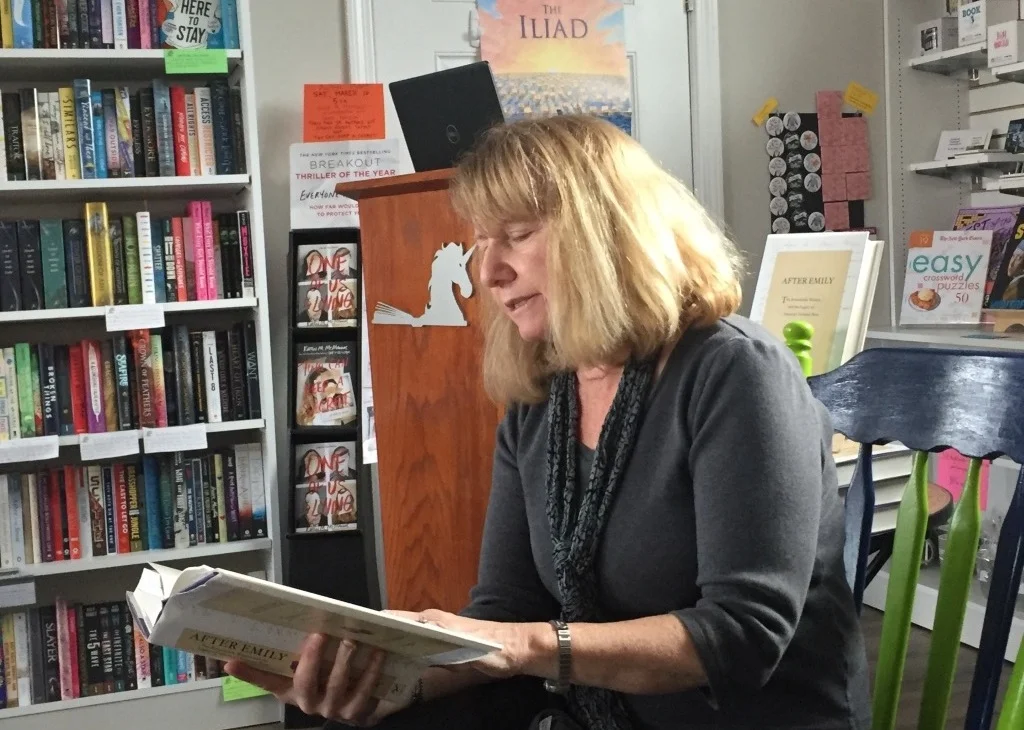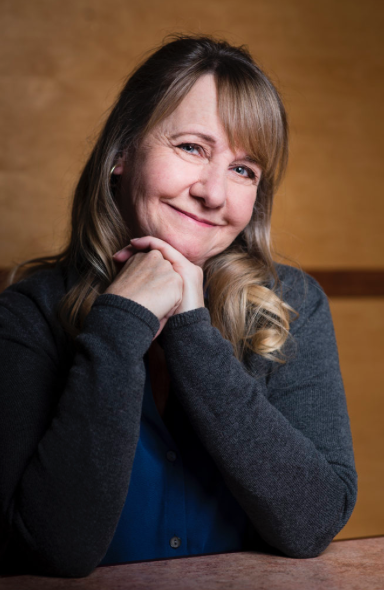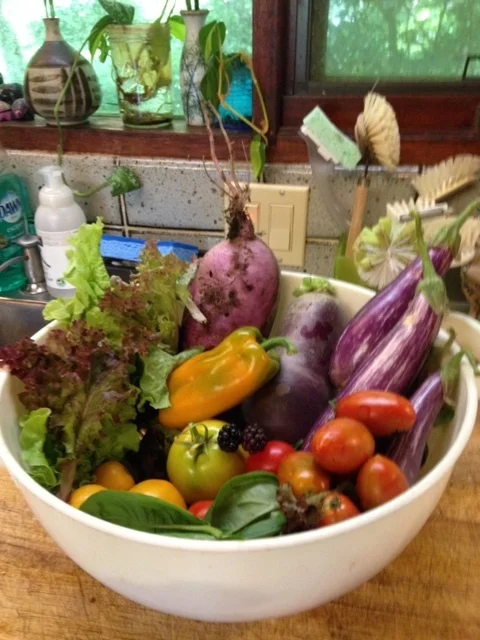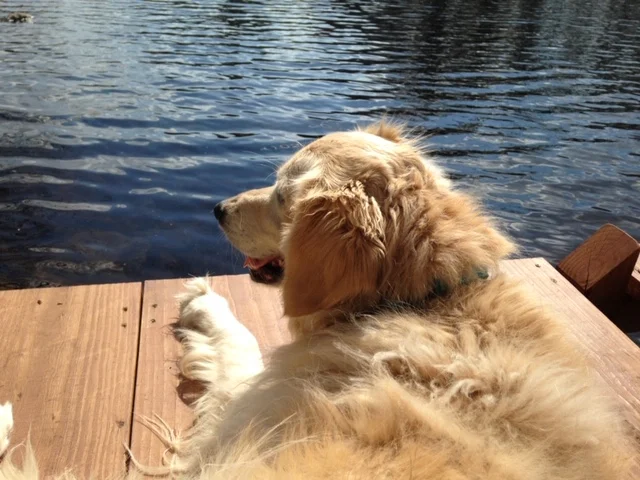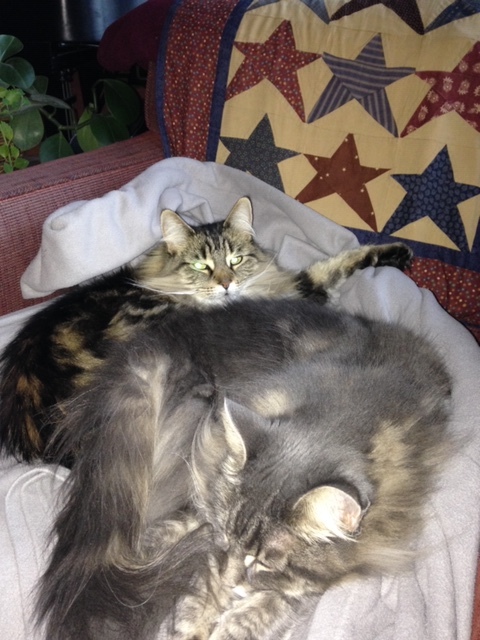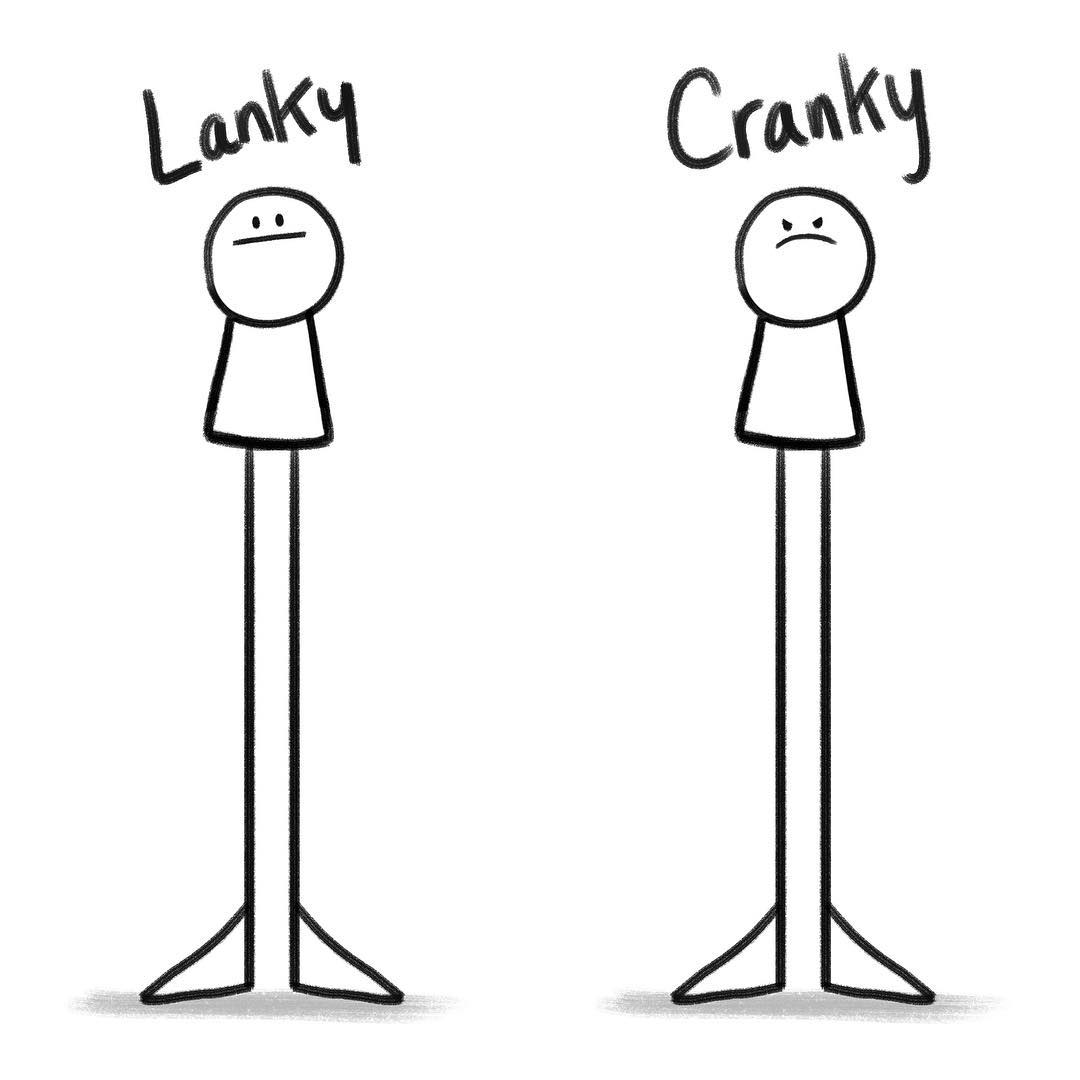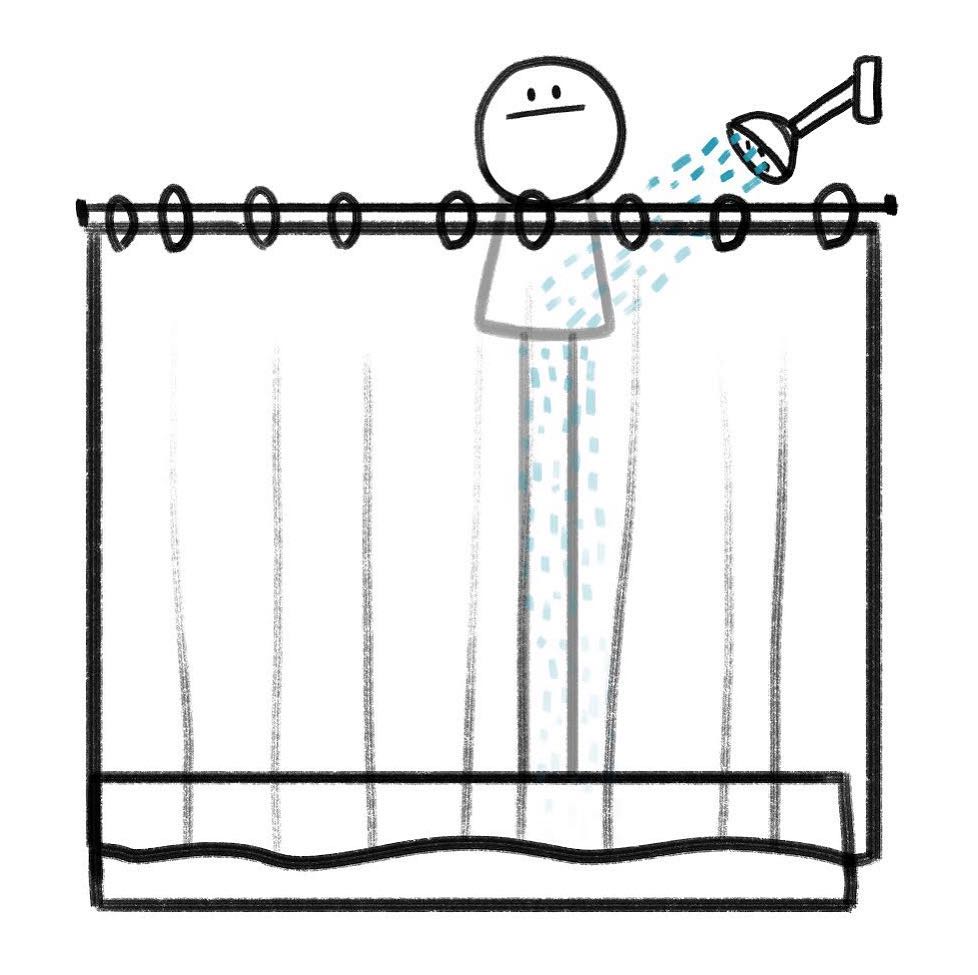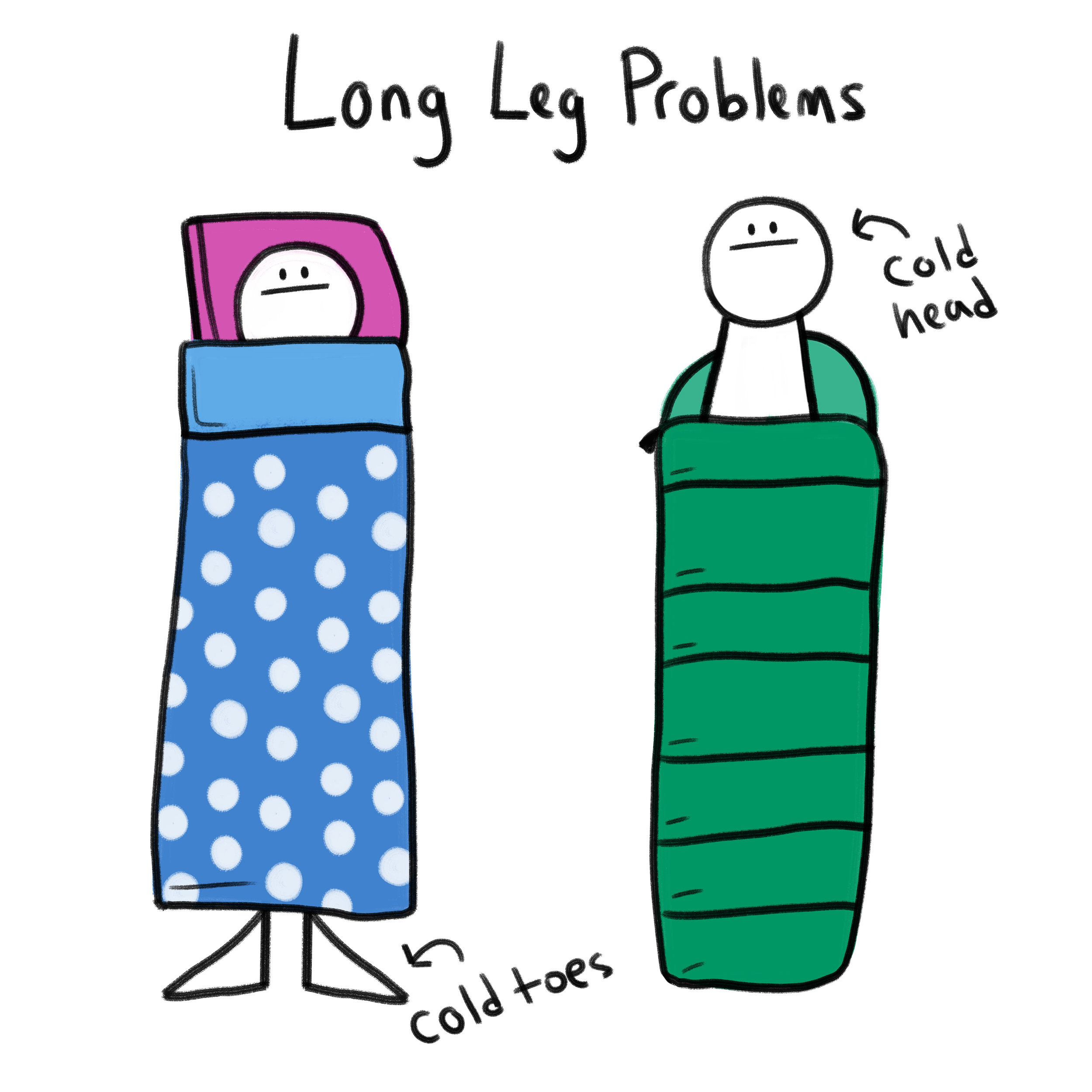For Olubunmi Mia Olufemi, inclusivity is not just an important concept, it’s a crucial and integral part of every project, meeting, and decision as a children’s programming producer at WGBH. As a producer for Molly of Denali, the first nationally-distributed children’s television series to star an Indigenous lead, Mia uses her voice to not only keep the production schedule and budget on track, but also to ensure that the right people and experiences are included and considered in every aspect of creating the show.
“Being the only person in the room who looks like me is not a new experience,” shares Mia. “Being the only person in the room who looks like me and has a voice in how a project is run, is.”
Mia and her team work with a team of Alaska Native advisors to inform how they approach character design, backgrounds, script, plot, and more. Though these conversations surrounding race, ethnicity, gender, and culture can be challenging at times, Mia and the WGBH team know that the time and money put in is worth it to ensure that the project is authentic and the teams are inclusive. And this is something that Mia carries with her in every project she is a part of. “I know I have to throw myself into each project head, shoulders, feet, and all, otherwise I won’t have the passion, belief, and love I need to advocate for it, work hard for it, sacrifice for it, and proudly promote it,” says Mia. “And a huge part of building a project to believe in is not being afraid to get in there and do the work.”
This FableFriday, we spoke to Mia about her personal and professional journey, how the Molly of Denali team keeps in mind the real experiences of Alaska Natives when creating the show, and how companies and organizations can navigate conversations about representation and inclusivity.
Mia in Haiti in 1996 with a Goosebumps book. She always had a book somewhere on her.
You worked in consulting for six years before entering the children’s media industry. What initially attracted you to the industry, and what made you stay for another six years since then?
I’ve always loved children’s media, books in particular. My parents read to me every night when I was little until I could “read” my favorites to myself from memory. Later, I read books to my brother, and devoured the boxes of books my aunt, who worked at Scholastic at the time, would send me. Growing up, I took a book everywhere I went: parties, concerts, games, you name it. After college, I knew I wanted to become a young adult fiction editor, so that I could help bring wonderful stories to other kids who liked to bury themselves in books like I did.
I went to Emerson for my master’s after two years of working in consulting to get my degree in publishing, literature, and writing. A mentor, Gary Hill, offered me a job, and then kept me flush with part-time work when I eventually made my way back to Boston to work an editorial job for a medically inclined publishing resource.
About a year into that, I was itching to get back into a creative field. I was mostly looking for editorial jobs, but by chance, I saw WGBH was hiring a production assistant for Arthur. I had no production experience, but my younger brother and I had grown up on the show and loved it. And I had all the other skills a PA might need (I was detail-oriented, organized, able to juggle multiple tasks, and I was a decent writer), so I took a leap and applied. When I checked back in with Carol Greenwald (Executive Producer of Arthur, Curious George, etc.) about the status of my application, she told me they had hired someone else with more experience. BUT, she liked me and would offer me a part-time gig three days a week if I wanted to take it. I did.
Since then I’ve worked on several projects: Arthur, Curious George, Martha Speaks, Sara Solves It, Design Squad Global, The Ruff Ruffman Show, and Molly of Denali. The work of making educational kids show is incredibly challenging and stressful, but it’s also meaningful in a tangible way. In a “you taught me how to read/inspired me to become an engineer/taught me to be proud of who I am” kind of way. I don’t think I’ll ever get tired of that.
IMAGE CREDIT: Molly of Denali, Trademark/Copyright 2019 WGBH Educational Foundation. All rights reserved.
How has your role grown and evolved at WGBH since you began?
Because I started off part-time, I helped out in little ways on all our shows. I’d take animation notes, help gather clips for marketing, go on live action shoots and do PA field work, etc. I’d sit quietly in team meetings, transcribing minutes as fast as I could while also trying to take everything in. I had no clue what a producer did before I started working there. Now I see we do everything: from getting a show idea created and funded, to hiring the writers and animation company, to overseeing the distribution and marketing of it, as well as the creation of all ancillary materials associated with the show. As a producer on Molly of Denali, I’m now the one leading team meetings. I oversee junior team members and give animation notes. I help hire the writers and advisors, and work closely with the animators to make sure our shows are delivered to PBS on time and up to spec. I review marketing assets to make sure they stay on brand and true to our show. I oversee all live action interstitial production and review our digital games. I have a voice in the direction the show takes, strategically, creatively, and philosophically. Three years into Molly, all of my previous experiences are informing the development of my own children’s television show. It’s been quite a hike, and I’ve still got a long way to go.
What is Molly of Denali?
Molly of Denali is an animated television series for kids ages 4-8 that features the story of Molly Mabray, a gregarious 10-year-old girl who runs the Denali Trading Post with her parents in the village of Qyah (which means “community” in the Dena’ina Athabascan language). With her dog Suki and best friends Tooey and Trini, Molly adventures through picturesque Alaska on dogsled, snowshoe, ATV, bush plane, canoe, and foot. Along the way, she solves problems using knowledge from her Elders, as well as books, maps, apps, and other informational texts. Through her vlog, she shares knowledge about herself, her adventures, and Alaska Native values, such as honoring your Elders, knowing who you are, and sharing what you have.
Molly is also a multi-platform series, with games, apps, a podcast, books, digital teaching tools, and lesson plans, printable family activities, and a rural educational outreach initiative.
IMAGE CREDIT: Molly of Denali, Trademark/Copyright 2019 WGBH Educational Foundation. All rights reserved.
Sydney Isaacs working on totem pole design.
Core Alaska Native Advisory Group. Pictured from left to right: Dewey Kk'ołeyo Hoffman, Rochelle Adams, Elder Luke Titus (seated), Adeline P. Raboff. Also pictured, Creative Producer Princess Daazhraii Johnson (far right).
We know that representation matters and that the producers of Molly of Denali partnered with Alaskan advisors to consider all aspects of real experiences of Alaska Natives in the show. Can you share an example of when you worked with your team of advisors to accurately and authentically portray Native Alaskans’ lives or traditions?
Molly of Denali is a partnership with Alaska Native people. Who Molly is, what she wears, where she lives, what adventures she has, the things in her room, the people she meets, all of these decisions were made together by the WGBH producers and cultural advisors. There are so many examples of this partnership I could talk about, but there are two I’ll mention as I think they get to the complexity of what it means to work on an inclusive production like Molly.
The first is about a story we did around totem poles. In “Tale of a Totem,” Molly heads down to Sitka in southeast Alaska to visit her cousin and attend her first totem pole raising. It was a story idea we had passed on earlier that I suggested we revisit after hiring our production assistant Sydney Isaacs. A Tlingit Alaska Native, Sydney is a talented artist and an apprentice totem pole carver who studied under a master carver in her hometown of Klawock, Alaska. She served as this script’s cultural advisor, reviewing every draft. She educated us about the different purposes of totem poles, how some were created to preserve the stories of the Tlingit through the ages. She steered our well-meaning script writers away from using a sacred story belonging to a group of Haida people that the authors had found on their own. And when the time came to animate the episode, she designed the totem pole Randall and his community raised with the blessing of her master carver, gifting the series with a special story of its own.
The second example I’d like to share is about a story we “killed.” One of our writers wanted to do a script on a set of bear cubs that end up in Molly’s village. We were cautious about this to start, because bears can be very dangerous. But we decided to move forward because we thought it might be interesting for Molly to help with an animal rescue by observing the cubs and taking notes from afar for wildlife rangers who would eventually get them back into the wild. Our Creative Producer Princess Daazhraii Johnson had some slight misgivings about the story, and when she shared it with our Advisory Group, she found that she had good reason. The Koyukon people have a complex set of protocols around interacting with bears, much of which is specific to gender. For Molly to interact with bears in this way, much less engage them, would be incredibly taboo. From what I understood from Princess, this was not a taboo that her group, the Neets'aii Gwich'in, share.
It was a great reminder of a few things. The first is that dominant culture norms are very different from Alaska Native norms. The second is that, although the Koyukon and Neets'aii Gwich'in are neighbors and share some cultural similarities, like their respect for the land and animals, they are different. And the third was that WGBH was right in thinking that we could not make this show without Alaska Native people at the helm beside us.
Three main kid characters of Molly of Denali, Molly, Tooey, and Trini.
How do you navigate conversations around representation when balancing all aspects of production, from timelines and budgets to creative decisions like landscapes, character design, and native language?
It was difficult finding my voice and asserting it in a space where it was not welcome at certain points in time. It was difficult learning that I had a right to ask questions born out of my identity as a woman of color. That the three main kid characters on our show, Molly, Tooey, and Trini, are all children of color is due to my finding the courage to question our team’s choices and notions around representation, race, and ethnicity. That Molly is voiced by a talented young actress who is Tlingit Alaska Native and Muckleshoot is in large part because my team and I knew from the very beginning that if we were going to make this show work, we would have to cast an Alaska Native child. We looked for her everywhere. Our animation partners, Atomic Cartoons, were instrumental in this, researching local theater groups, putting out calls for auditions on First Nations radio stations, and contacting tribal offices. The search for Sovereign was long and cost the project a lot of time and money. And it was one of the best decisions we’ve made to date.
I would tell media companies that the best way to navigate conversations around representation and balance all aspects of production is to be inclusive, not just diverse. Inclusivity demands a level of effort way beyond that of diversity. All creators of children’s media should have teams that are inclusive. And if you are going to make a show about a group of people of a certain race/ethnicity, those people must be in the room. They must participate in the conversations that decide the budget and inform the project timelines among other things.
Molly of Denali is a truly transmedia property. Children can access games, podcasts, and classroom interactives on multiple platforms. How do all these media components complement each other, and what strategy decisions did you make when thinking about dissemination and reaching the biggest audience possible?
Because we are a PBS KIDS show, it was planned from the start that we would premiere with a certain amount of episodes along with a suite of digital games and mobile apps. WGBH has been at the front of the pack as far as seeking out opportunities to pair with our shows, like TV tie in books, Alexa skills properties, and educational outreach materials for families and teachers. We try to reach our audience of children, families and educators by giving them a number of ways to engage with our shows at every level we possibly can. But the Molly of Denali podcast was a first.
This opportunity was proposed by our sponsorship team and our partners at PRX. We weren’t quite sure what it would lead to, but Carol Greenwald, our Head of Children’s Podcast Strategy Priya Desai, and the Managing Producer of Podcasts at WGBH Nina Porzucki saw something special. They linked up with the talented founders of GenZ Media, who have been wildly successful at creating podcasts for children, and brainstormed a new podcast idea, a standalone prequel to an animated television series yet to be released. We rolled out the episodes in the weeks leading up to the premiere as a content teaser for folks to latch on to and get them excited about the upcoming television series. The experiment was a success, garnering millions of streams and downloads, and a following so strong that we received comments on social media to the effect of “Did you know the podcast also has a related television series?” We are now hoping to release a second season.
How do you work through writer’s block, and where do you get your creative inspiration?
I like to write in the morning. I’m one of those producers that will often wake up in the middle of the night with an idea that I like to jot down, so when I wake up (and drink my coffee), my mind is fresh, unencumbered by other things, and ready to work. I draw inspiration from everything I absorb of interest to me: other shows, life, my family’s stories, things I see on Instagram, etc. Anything can serve as good story fodder.
We hear you are a big fan of cooking. What is your signature dish, and how does cooking, along with other activities, balance your career?
I think I’m more of a fan of eating good cooking than cooking myself, but I do like to try things from time to time. My mother is from Haiti and my dad is from Nigeria, so I’m always proud when I can recreate a dish I grew up with. I’ve often used cooking as a break from work. As much fun as work can be, it can also be all-consuming, so I try to unplug completely on the weekends.
Fun Facts about Mia:
Favorite cartoon character: Pucca.
Current book on your nightstand: There There by Tommy Orange.
Special talent no one knows you have: I played the french horn and flute in high school.
Favorite winter activity: Holiday dinners with my large family. We laugh, eat, joke, play games. It’s a blast!
Which movie, TV series, or book character are you most similar to? Too many to name.
Your vice: Earrings and jewelry. I just came back from New Orleans with a wild set of earrings made a Frida Kahlo pin made with multicolored vinyl. I can’t get enough!

